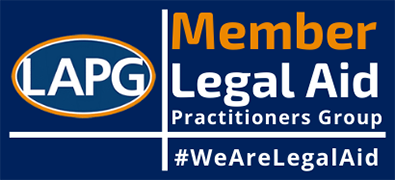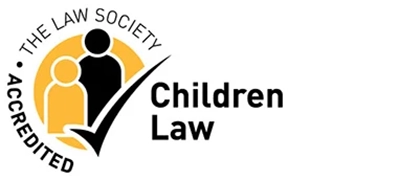Cyber-what???
In 2011, the Home Office reported that 18.7% of women and 9.3% of men had suffered stalking since the age of 16. Strikingly, 67% of stalkers know their victims and a high percentage of stalkers are ex-partners. Stalking often starts during the relationship itself.
Technology only arms stalkers with more weapons with which to toy with the lives of their victims.
Cyberstalkers don’t need money or sophisticated methods. Persistence, time and basic technical knowledge reap dividends for the obsessive stalker. For example, a simple google search will provide links to software available online that once installed on a phone or computer (done without alerting the victim) will allow the stalker to access all the content on that device, including the user’s passwords, emails and even key strokes.
The signs:
If you’ve ever had any of the following happen to you then you may have been a victim of cyberstalking:
- Someone knows information about you they should not have;
- Someone has posted information about you online to provoke others into abusing you;
- Someone has sent you abusive emails/text messages/online messages;
- Someone has sent messages/emails designed to look as if they had come from you;
- Someone has set up fake profiles using your information online;
- Someone else has changed the passwords to your online accounts;
Sadly, this list is NOT exhaustive and there are numerous other signs that you may have been targeted by this type of stalking.
The stalker’s armoury:
Whether it’s email or ebay, spyware or social networks, the weaponry which is literally at the stalker’s fingertips is immense and will only become greater as technology advances.
Here are some examples:
1. Accessing the victim’s online accounts by use of their passwords (possibly obtained by gathering data on that person: see number 2 below).
2. Gathering information from the victim’s digital footprint through social media websites, work websites, forums and directories. This will include accessing the victim or their contacts’ sensitive data to allow the stalker to further infiltrate his target in some way. Stopping the spread of one’s personal information through facebook is particularly tricky: facebook automatically suggests links and connections based on matching shared profile information; furthermore your facebook friends may have information on their profile pages which can give the stalker clues about which area you are in and what you may do.
3. The remote installation of spyware on mobiles or computers belonging to their targets.
4. The manipulation of information concerning the victim to trick others into revealing sensitive information about that person.
5. The use of mobile phone applications to track the victim’s location through their GPS signal, or the location tags added to social media websites and photos.
The risks:
Not only can this type of stalking be used to emotionally harm, humiliate, intimidate, harass and abuse victims, but it can also lead to physical harm or even murder.
Victims of cyberstalking who are survivors of domestic violence by their partners are at a higher risk of harm. The Metropolitan Police reports that 40% of domestic violence murder victims were also victims of stalking. These victims should be particularly careful: the stalker will have personal knowledge of them, their habits, their routine and their friends; they may even have children together. That means they know what and who to target in order to hurt their victims.
Other devastating consequences of this type of stalking could be financial fraud and identity theft.
Covering your tracks – protecting yourself against the digital predator:
Unless and until you gain a basic knowledge of the tools used by the stalker, you cannot stop yourself being hunted. As technology becomes ever more sophisticated, it is important that you, your friends, your family and your children all understand the risks and how to minimise these as much as possible. Examples of possible safety measures are:
- Improving the security of your passwords and changing these regularly;
- Not using GPS and geo-location settings on your smart phone;
- Not putting sensitive information on social media and limiting your friends and contacts on these to known individuals (plus educating your children to do the same).
Want to learn more?
The information in this blog provides only a brief insight into this issue. Women’s Aid have produced a free booklet in conjunction with cyberstalking expert Jennifer Perry, called Digital Stalking: a guide to technology risks for victims. It provides a comprehensive overview of the different tools used by cyberstalkers and what safety precautions can be taken against each technology. Those who wish to know more are advised to read it, and also to check out these links to organisations which can provide further information:
links to other advice and help.
Need some advice? Get in touch today
"*" indicates required fields
The information submitted here is used and stored for the purpose of replying to the enquiry. For more information on how we process data please visit our Privacy Policy.









